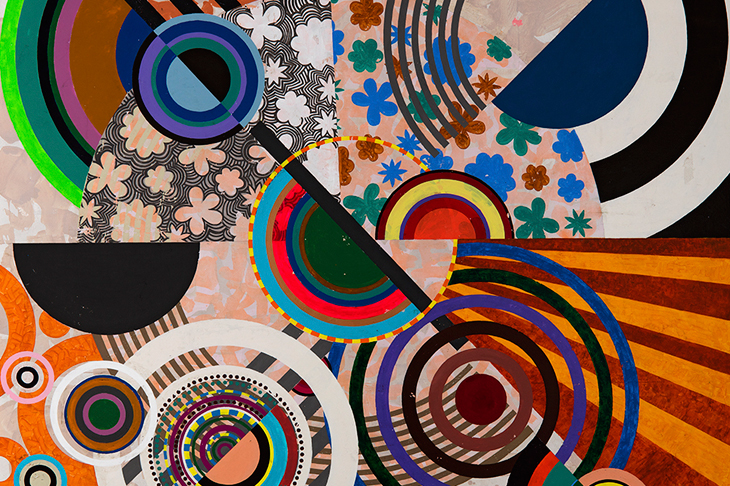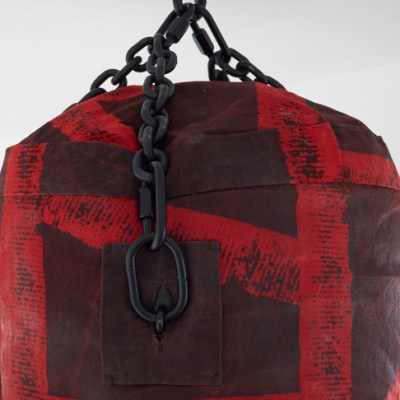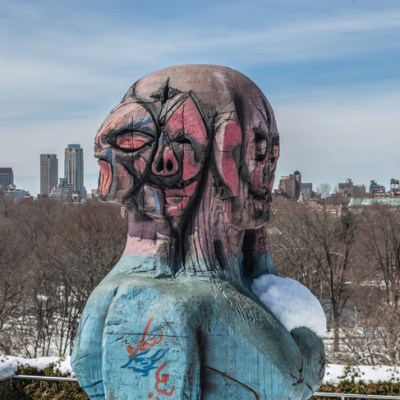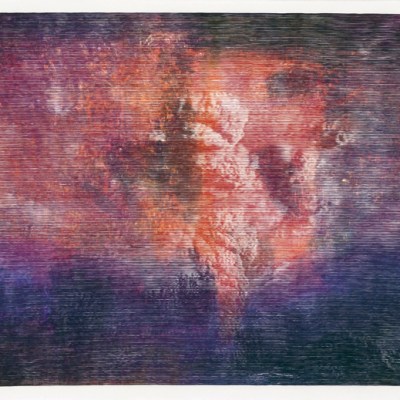Beatriz Milhazes creates colourful compositions in a variety of mediums, inspired by landscape of Brazil and modernist traditions in both Europe and Latin America. She speaks to Amandas Ong about her new exhibition, ‘Rio Azul’, at White Cube in Bermondsey.
‘Rio Azul’ means ‘blue river’ in Portuguese, but it also refers to an important Mayan site in Guatemala. How did you arrive at this title for the exhibition?
It’s the title of the tapestry that’s on display. The idea of a river is probably what inspired me most: in our imagination, rivers are blue, but they can also be any other colour depending on the light. There’s also something magical about rivers because they support life.
It was very difficult to choose a title that could capture the diversity of my work – I paint, I make collages, and now I make tapestries, too. But the tapestry is one of the largest works on display. And in all my work it’s important for me that viewers are able to engage in a dialogue between symbolism and material fact, so I wanted the title to reflect this interaction.
Installation view, ‘Beatriz Milhazes: Rio Azul’ at White Cube, Bermondsey, 2018. Photo: © White Cube (Ollie Hammick); © Beatriz Milhazes
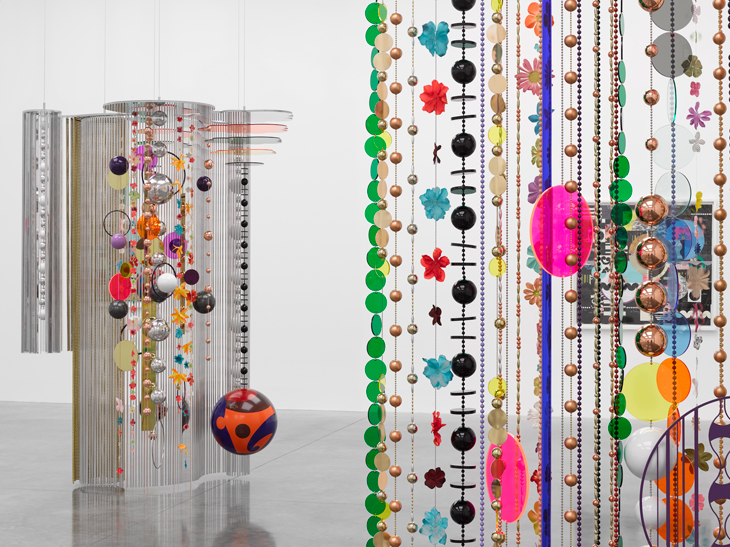
The tapestry is one of a number of works in the show made collaboratively with others. What role does collaboration play in your artistic process?
I’ve always enjoyed and been curious about collaborative effort. I worked with my sister, Marcia Milhazes, to design the set for the performances that she choreographs for her dance company, but was happy for her to make most of the major creative decisions – she’s the one who stages the actual dances.
To make Rio Azul, I had to learn lots about weaving, which is a whole different craft to anything I’d ever done before, so that was fascinating. Collaboration requires a generosity of spirit, and you need to strike a balance between pushing your ideas across and knowing when to be a bit more passive. Because the weavers were the ones who had the technical knowledge to make my dream come to life, I had to make sure they really understood my vision and were on the same page as me.
Installation view, ‘Beatriz Milhazes: Rio Azul’ at White Cube, Bermondsey, 2018. Photo: © White Cube (Ollie Hammick); © Beatriz Milhazes
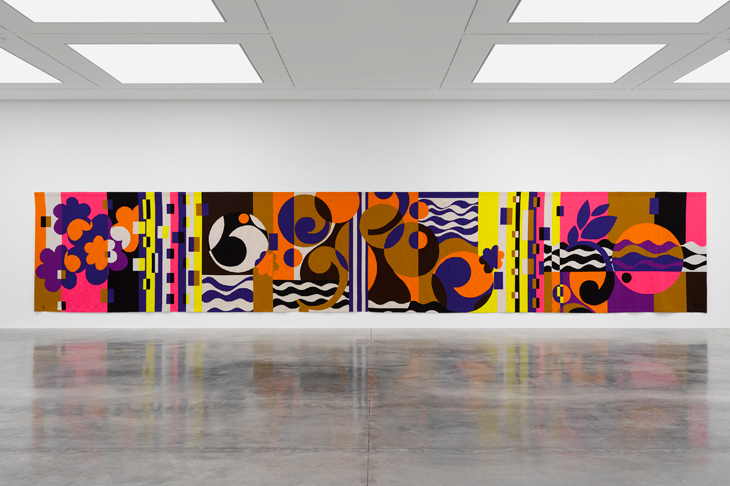
What it was like working with the master weavers at the Pinton Mill in France to create the tapestry?
I chose the Pinton Mill, who have been operating since 1867, because they had a rich tradition of working with modernist artists like Sonia Delaunay and Alexander Calder. The partnership felt a little like travelling back in time – to work in the same space as Delaunay was a huge honour for me.
I was very impressed by how closely the Pinton family is involved in the creative process, from shearing the wool to dyeing to the actual weaving. It took more than a year to have the tapestry made – and up until the moment when it was unveiled, nobody had seen it in its entirety, even the weavers, because different groups would be participating in the project at any one time. It was a very emotional moment for all of us.
Descriptions of your work often refer to the colours and natural landscape of Brazil. Are these references to your home country deliberate?
The first studio I had was in the same neighbourhood as the botanical gardens in Rio de Janeiro, and so I was constantly surrounded by nature – I think that’s why there are so many tropical colours and so much green in my work. After I became more internationally recognised, it was even more important for me to establish a sense of identity that was tied to home. I’m definitely very attached to my country – I’ve never thought about leaving Brazil because all my friends and family are there.
Goa (2017), Beatriz Milhazes. Photo: © Pepe Schettino; courtesy White Cube. © Beatriz Milhazes

Given the wide range of mediums that you use, do you have a creative philosophy that applies to all of them?
My work centres on the paintings – they’re sort of how I think, and they’re also the most energy-consuming and require the most focus. My collages take up a lot of time, but sourcing the materials is a more varied process. I collect sweet wrappers, silkscreen and holographic papers, and I piece them together.
I’d say that the use of colour is a characteristic that unites my work, which is funny because when I first started out all I wanted to use was white. Now, colour is a way for me to create contrast, drama and mystery. Every work I create is a mathematical dream and colours are a way of emphasising that.
‘Beatriz Milhazes: Rio Azul’ is at White Cube, Bermondsey, until 1 July.
